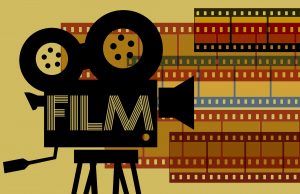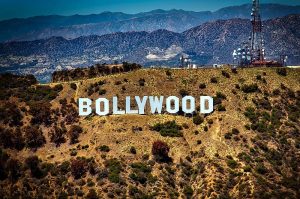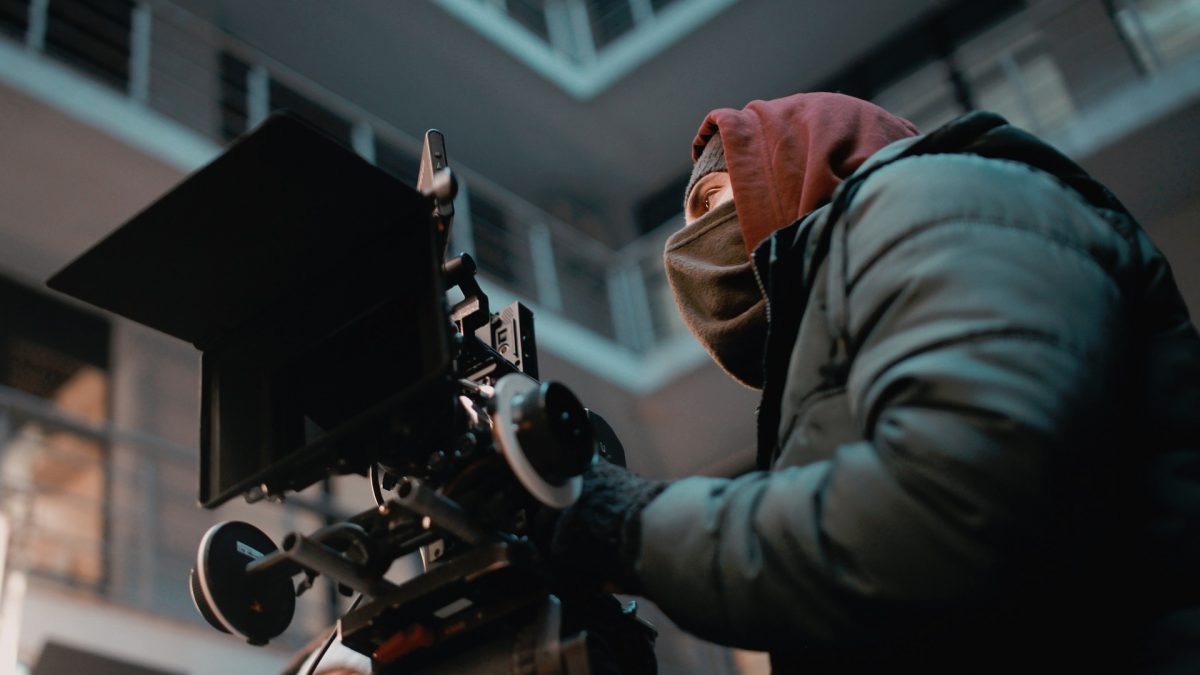
At a time where the global movie industry has begun to accept the benefits that AI solutions can bring to the table, it seems appropriate to ask what the likely future of AI moviemaking development will be?
AI-assisted filmmaking is already making a big splash in the movie business. While its creators are sticking firmly to their goal of democratizing the advantages of big data analytics in order to promote a healthier global film industry, critics have been quick to point out that the most popular current AI service is that of ‘Gross earnings predictions’, which in their mind suggests that AI development is being focused squarely on profits.
Given the historic tug and pull of the two key forces in the movie business, namely the artists and the business side, what effect will this have on artificial development when it comes to moviemaking? This question is a very important one since AI companies are themselves businesses that must strike a balance between profits and idealism.
Let’s take a look at three possible directions of AI-assisted moviemaking to see what the outcome could be.
Money Money Money
The most central pillar that governs the direction of AI development lays with the uses that it can fulfill, or put more bluntly, where it can make money.
It comes as no surprise that the first AI service to be adopted by the film industry was gross earnings predictions, a service that allows production companies to gain accurate predictions as to how much a movie is likely to make even before they have greenlighted it.
Since the vast majority of movie professionals see the movie business as first and foremost a creative venture, the prospect of having films greenlighted purely on the basis of the potential earnings is a worrying thought.

This worry is well-founded should AI be developed with a specific focus on the business side of the movie industry. However, this scenario is very unlikely and represents quite a superficial analysis of what services such as gross earning predictions really provide.
Given that gross earning predictions are designed to work for all types and sizes of movies to identify the strengths and weaknesses of particular projects, as well as identifying distribution markets for them, this service, were it to be mass adopted, would have the effect of helping production companies to avoid box office flops while, importantly, creating reliable new markets for movies of specific types and sizes.
Naturally, if AI solutions can help to establish reliable new markets for different types of films, this will have the effect of increasing the creative space for artists, spaces that don’t really exist today, certainly in regards to small to medium-sized films which have long since been pushed out of most distribution channels.
It is true that should AI be trained to provide insights purely on a profits basis then the effect on the film industry would not be nearly as positive as it might be. However, it is important to keep in mind that AI systems will inevitably help the movie industry to identify and nurture sub-markets for films which will result in a more diverse and healthier industry than we see today.
Within certain sub-market, it is certain that creativity will be a central driving force of audience interest and so will produce new ways of storytelling. A great example of this can be seen in the early 1990s when the vibrant independent American independent movie scene boiled over into mainstream Hollywood films.
Since people are always seeking new things, this will soon be factored in by AI systems that will understand that creativity often produces the biggest profit returns.
Read Also
- Movie AI: Increasing Productivity While Reducing Risk
- Can AI Really Reduce Risk In The Movie Production Process?
- Will AI Lead To Mass Unemployment In The Movie Industry?
Creativity as the Driving Force
The second possibility for the future of AI development is that growing discontent amongst creative movie professionals results in a change of focus for AI development. The creative element of the industry might win the argument that films should be allowed to develop far more independently of profits, something which will result in AI development focusing less on profits and more on the creative elements of movies.
AI could quickly adapt to this challenge and help professionals understand what new directions of innovation audiences would be interested in seeing. A good example could be using AI to establish what, if any, new kinds of genres selected audiences would accept. So, for example, would U.S. made Bollywood-style movies make a dent in the U.S market, and could surrealism films make a splash in India?

With sufficient data pools, AI would be able to answer these questions. Likewise, with enough data, AI could provide insights on everything from new music scores to experimental lighting styles. Such insights could be used by creative professionals to help them to develop new approaches and techniques which had a good chance of pleasing audiences and succeeding commercially.
This would be a win for the movie artists, however, it might not necessarily be one for mainstream audiences who are often seeking familiar escapism rather than artistic innovation. It seems unlikely that this scenario would be the most likely outcome in all but smaller niche genres such as experimental film and short films.
Read Also
- Artificial Intelligence is About to Set Another Movie Milestone
- How To Predict The Worst Director Of 2018 With AI?
- Get An AI Sense Of Humor: Will AI Ever Be Able To Make Us Laugh?
The Most Likely Outcome
This leads to the third and most likely outcome that AI will be asked to develop in such a manner to meet the needs of both the commercial and artistic side of the business. A mix of the two scenarios above, this will require both sides to work together to strike a balance between profits and creativity, something which the movie industry has proven itself time and time again very adept at doing.





Stay connected